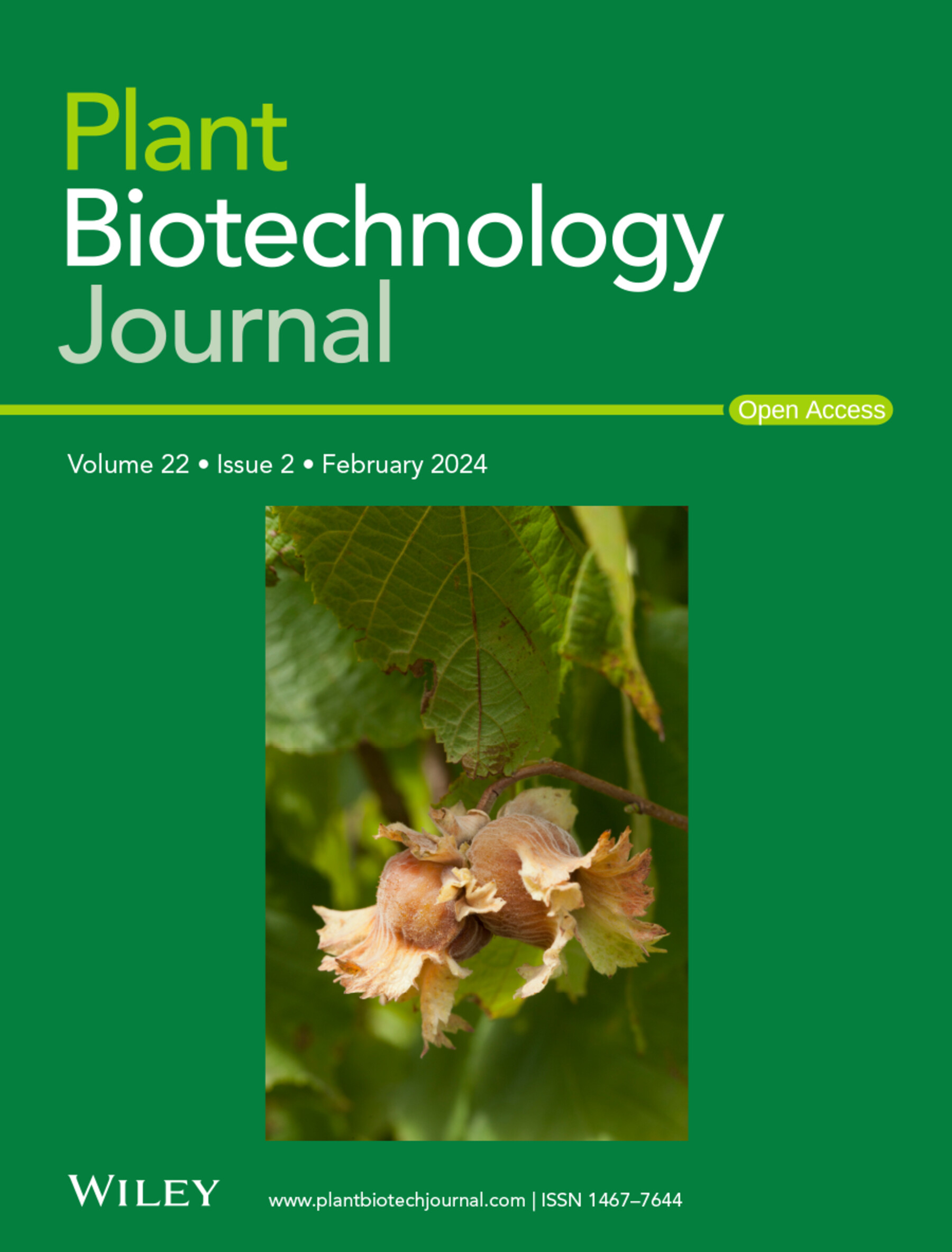Calcium-dependent protein kinase PpCDPK29-mediated Ca2+-ROS signal and PpHSFA2a phosphorylation regulate postharvest chilling tolerance of peach fruit
IF 10.1
1区 生物学
Q1 BIOTECHNOLOGY & APPLIED MICROBIOLOGY
引用次数: 0
Abstract
Green and chemical-free hot water (HW) treatment can effectively reduce the chilling injury of peach fruit; however, the mechanism of inducing chilling resistance by heat treatment is still unclear. This study found that HW treatment could activate reactive oxygen species (ROS) signalling, forming ROS-Ca2+ signalling. Furthermore, we identified a peach Ca2+ sensor, calcium-dependent protein kinase 29 (PpCDPK29), as a positive regulator of postharvest chilling resistance. PpCDPK29 interacted with ROS-generating proteins (PpRBOHC/D) and antioxidant enzymes (PpSOD and PpCAT1) to jointly maintain ROS homeostasis. Meanwhile, we found that PpHSFA2a was phosphorylated by PpCDPK29 and transferred to the nucleus, which enhanced the binding ability of PpHSFA2a to the target genes. Here, PpHSFA2a activated the transcription of target genes PpHSP18.5, PpHSP70, PpGSTU7, PpGSTU19, PpGolS1 and PpBAM1, acted as molecular chaperones, improved ROS scavenging and enhanced osmoregulation to alleviate postharvest chilling injury of peach fruit. In summary, HW treatment could alleviate postharvest chilling injury in peach fruit by activating the PpCDPK29-mediated Ca2+-ROS and HSF-HSP signalling pathways, providing a novel signalling network for postharvest quality control of peach fruit.求助全文
约1分钟内获得全文
求助全文
来源期刊

Plant Biotechnology Journal
生物-生物工程与应用微生物
CiteScore
20.50
自引率
2.90%
发文量
201
审稿时长
1 months
期刊介绍:
Plant Biotechnology Journal aspires to publish original research and insightful reviews of high impact, authored by prominent researchers in applied plant science. The journal places a special emphasis on molecular plant sciences and their practical applications through plant biotechnology. Our goal is to establish a platform for showcasing significant advances in the field, encompassing curiosity-driven studies with potential applications, strategic research in plant biotechnology, scientific analysis of crucial issues for the beneficial utilization of plant sciences, and assessments of the performance of plant biotechnology products in practical applications.
 求助内容:
求助内容: 应助结果提醒方式:
应助结果提醒方式:


